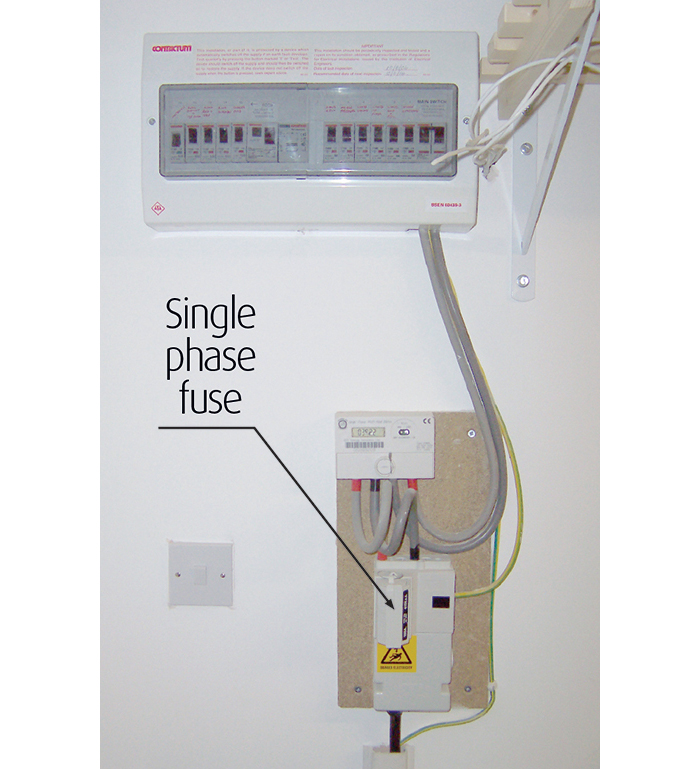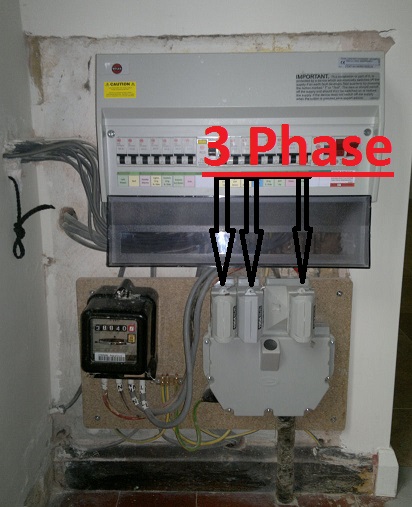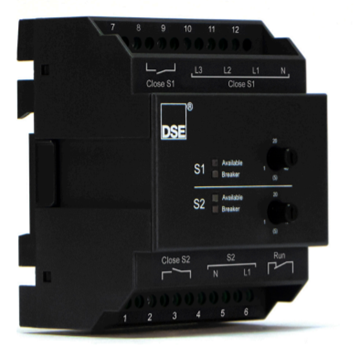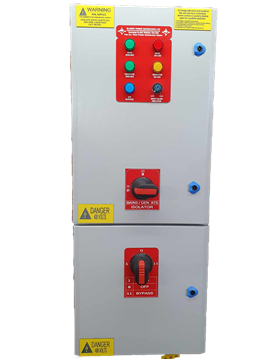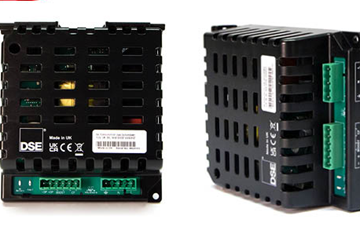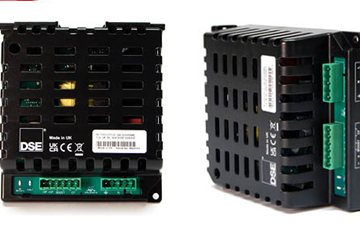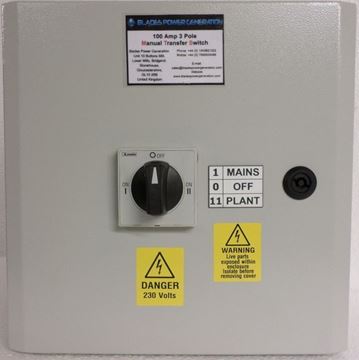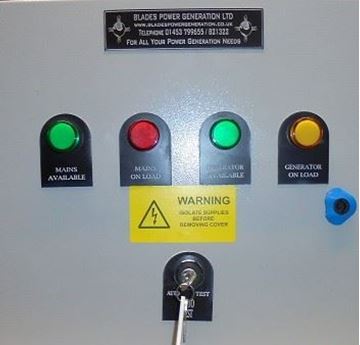If you have an emergency generator the good thing is that every time there is a power blackout you can start up your generator and, literally, switch the lights back on.
The way that your generator is turned on can be either manual or automatic and it can be done using a changeover switch, also known as a transfer switch. In fact, it is a legal requirement that if you have a standby generator, you have to have a changeover switch.
This is for two main reasons. It separates the power from the two different sources. You can either have power from the mains or you can have power from the generator, but not both, at the same time.
If you did not have a changeover switch and you started your generator and then the mains came back on again while the generator was running it would almost certainly burn your generator out. The other way around, it prevents the generator feeding power back into the mains when electricity workers are trying to restore the power, which could endanger their lives.
What’s The Difference?
So, what is the difference between a manual changeover switch and an automatic one? Well. think of it as of the gearbox in your car. It can either be manual or automatic. If you have a manual gearbox, every time you want to change gear you have to depress the clutch, shift the gear lever, and let the clutch out again. If you have an automatic gearbox, it does all that for you.
A manual changeover switch means that you have to switch over by hand. You also have to start the generator, which is probably in the garden, and it could be pouring with rain! In fact, it very likely would be, because the power often goes down as the result of a storm.
An automatic changeover switch detects that the mains power has gone down, switches over, and starts the generator automatically.
You are far better off with an automatic changeover switch because there is no time delay. When the power goes down you will be back up and running in seconds. You don’t get wet in the pouring rain. It also works when you are away from home. If nobody is at home and you need the power on and have a manual switch, that power is going to stay off until you return.
There is only one advantage to having a manual switch and that is that it is cheaper to purchase. That aside, there is no contest.













